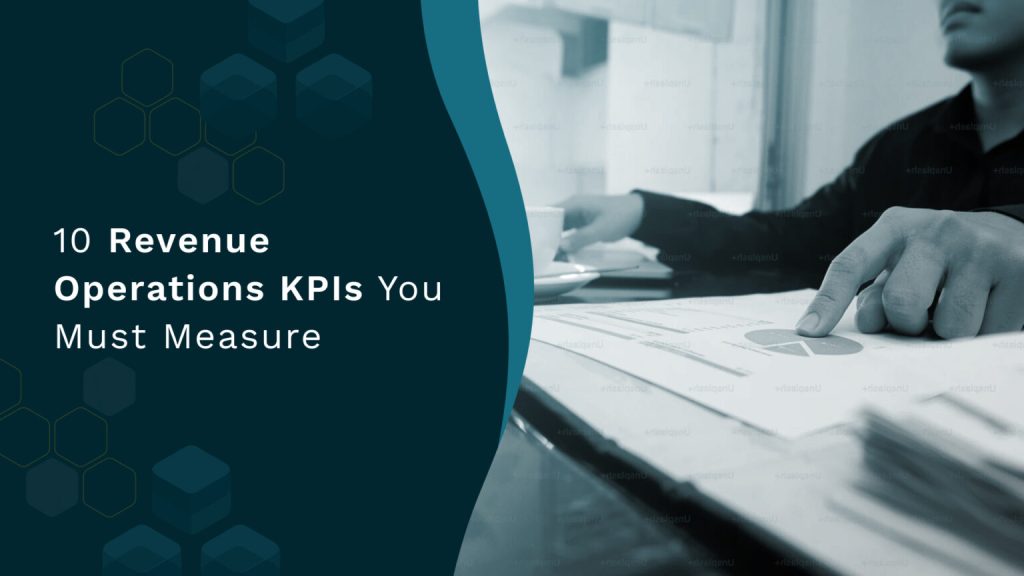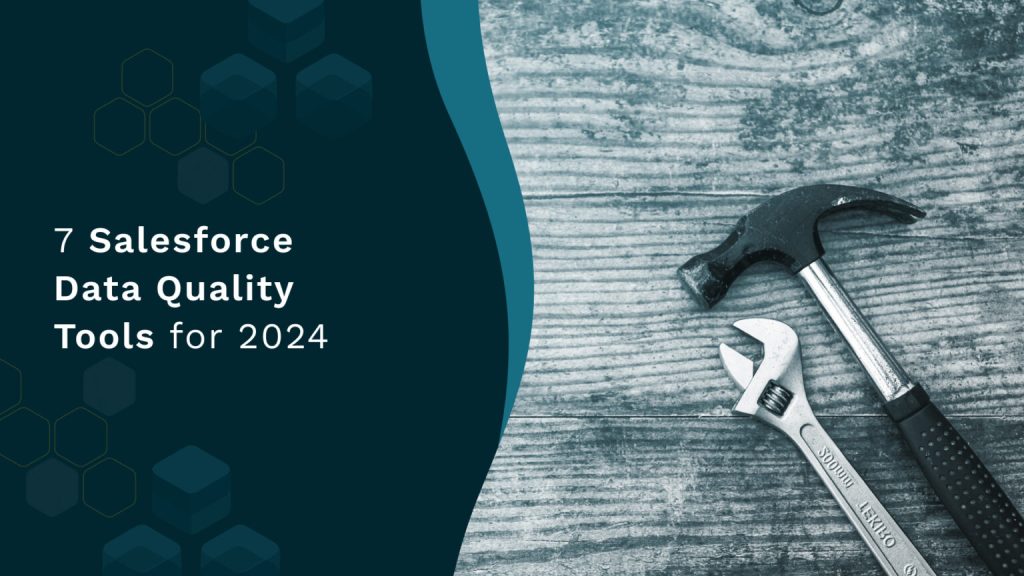Multithreading in Sales: The Modern Secret to Winning More Deals
Multithreading in Sales: The Modern Secret to Winning More Deals RevOps 10 min B2B buying is no longer a solo act. Today’s B2B buyer is not an individual but a “buying group.” According to a Forrester survey, 94% of respondents sold to a group of three or more individuals, while 38% sold to groups of 10 or more buyers. Gartner also found that the number of buyers has increased from 5 to 20 in the last ten years. This illustrates that the decision to invest in a product or service is not a single person’s job. Instead, it takes multiple rounds of discussions with different stakeholders across departments to make a purchase decision. As high as 82% of decisions are made by a buying group. Let’s consider technology sellers as an example. The sales process for technology has moved beyond the IT function. Those outside IT influence 63% of technology purchase decisions. Decision-making now includes other departments such as finance, business development, legal, and compliance. Digital transformation has put buyers at the center of the process, leading to the buying committee becoming more extensive and diverse. As technology moves beyond functional silos, sellers need to adapt, too. So, for a successful sale, you’ll need to have the C-suite, marketing, and other stakeholders on board. And remember, all of them value different things. What does it take to achieve consensus within the buying group? An effective deal closure with “multithreading.” What is Multithreading in Sales? Multithreading is when sales reps connect and build relationships with multiple stakeholders in the buying committee of an account. It effectively increases the chances of closing deals even if the champion leaves the buyer organization. Let’s understand with an example. Your sales rep has directly connected with the person in charge of implementing your solution (commonly called the “champion”) within their organization. This relationship took several months to nurture and build trust. Suddenly, the champion quits their job for a better opportunity. What’s your rep’s next point of action? Your rep may reach out to the new champion. But they have to nurture this relationship for a few more weeks or months to close the deal. There you have it. A lower deal momentum and an increased sales cycle. In another scenario, there’s no immediate replacement champion identified by your rep yet, and in the meanwhile, the buying committee decides to go ahead with another solution. This turns into a lost deal. But if your rep multithreads with all the stakeholders of the buying committee, they have a higher chance of closing the deal even when a key stakeholder quits an organization. Risks of Single Threading Despite its effectiveness, most sales reps end up choosing single threading. That is, reps connect and sell to only one person from the buying organization. A LinkedIn study shows that 78% of the sales reps are single-threaded. The single-threading approach appears less complicated on the surface and may create a stronger relationship with one client. But there are significant downsides to it. Single threading is the conventional way of one seller interacting with one buyer. It overly relies on one individual from each side (buyer and seller) to see the deal through. But the moment one of them leaves, the sales process is disrupted. Moreover, a seller loses solid rapport with the buyer when one of them exits the deal. They need to start the process from scratch, leading to longer sales cycles, higher churn rates, and lower win rates. Take this for numbers. As per LinkedIn, around 25% of buyers change their jobs every year. The result? 80% of sellers admit that at least one deal was lost or delayed due to a prospect or key stakeholder changing jobs. These numbers become significant when considering the loss in revenue. But you can combat this with a multithreaded approach. Deploy Multithreading in Sales Here are six things to check off your list for successful multithreading in sales. 1. Get visibility into your buying committees Gone are the days when you’d call up Gary from the marketing department, invite him over for lunch and close a deal within the week. Today, it’s the entire buying committee – Gary plus others. A buying committee comprises of individuals who wield influence in the buying process, spanning multiple departments, roles, and personas. To successfully close deals, understanding the key roles and personas within each buying committee is paramount So, how do you identify which stakeholders concern you and their priorities? Taking a manual route to getting these contacts into your CRM is a lost cause. Your sales reps talk to several people on a daily basis. Not all these contacts are fed into the CRM. Worse – only 2-4 contacts make their way into Salesforce. Which means sales managers have no visibility into buying committees. This gap in contact data, also known as “contact blindness” significantly puts your deals at risk. Not only will reps miss out on building relationships with the right stakeholders, sales managers will be missing crucial insights to coach them on how to move a deal forward. The first step hence is to make sure you have visibility into the entire buying committee of every deal. You can achieve this with Nektar’s zero adoption contact and activity capture solution. Nektar automatically captures all your hidden contacts from your reps’ sales inboxes and calendars. And feeds it into Salesforce. Nektar’s AI capability also links contacts to the right accounts and opportunities in Salesforce. It enhances contacts with job titles and buying roles, so that your sales teams have unprecedented visibility into buying committees. Once you know what your buying committee looks like, you can build an account map and visualize connections between various stakeholder pain points and your solution. An example of an account map Next, understand their pain points that could drive demand for your solution. If they have an existing solution, what’s their need for a new one, and why they must consider you. It’s also helpful to understand the influence a given stakeholder has on the overall decision-making process, how long the organization’s buying






